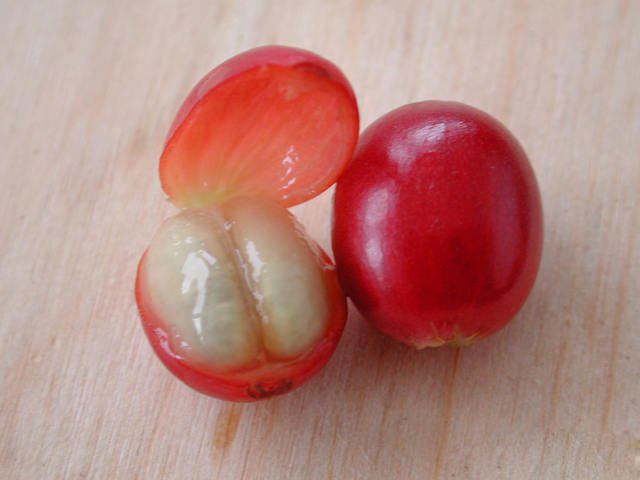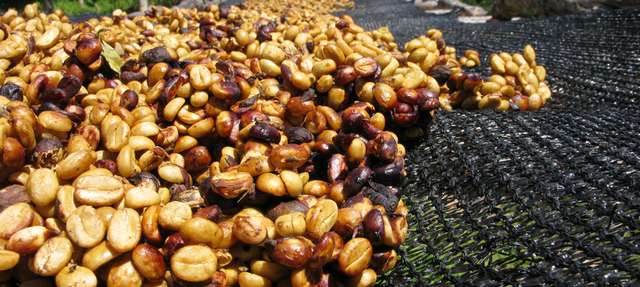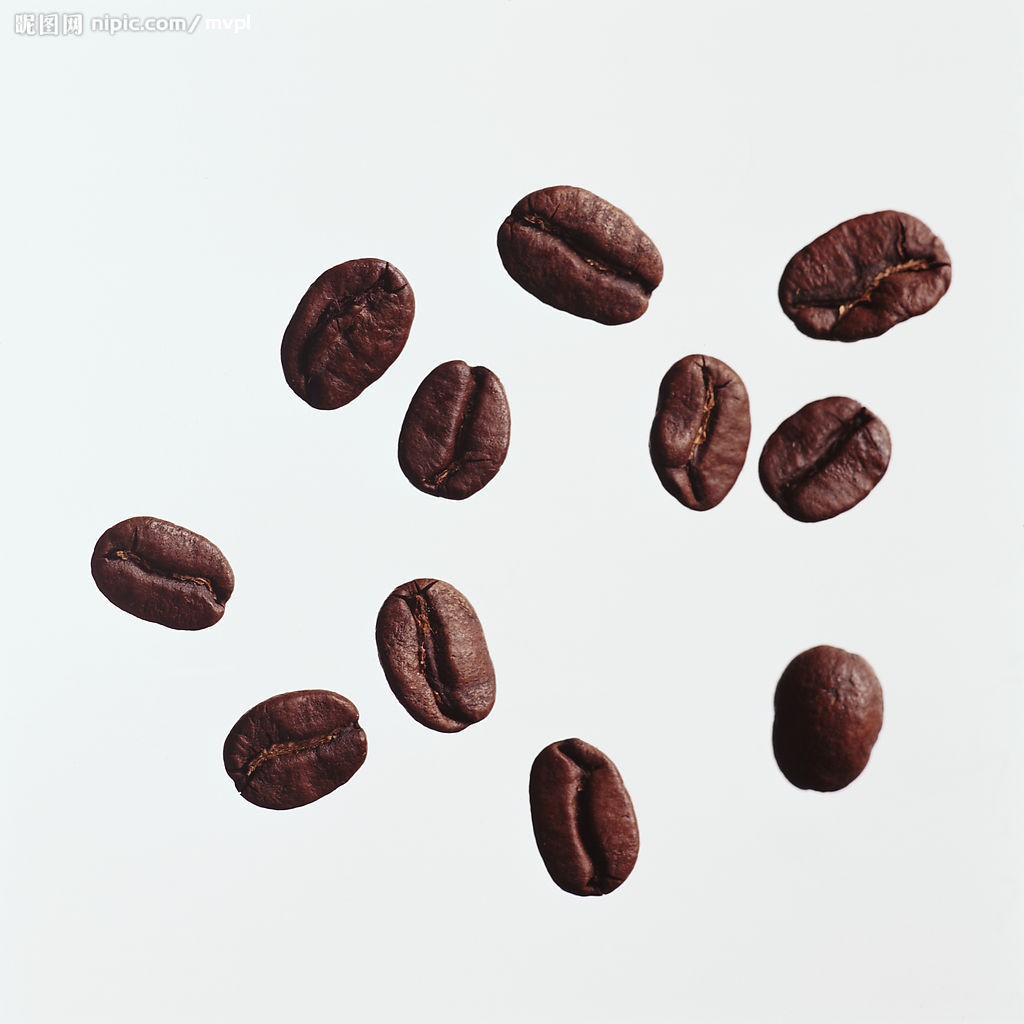Trabocca operation Cherrie Red Red Cherry Project Fine Coffee
Operation Cherrie Red's "Red Cherry Project" (ORC) is a project to improve the quality of small-scale farms, mainly to encourage soybean farmers and surprise roasters. Trabocca, the largest coffee bean manufacturer in the Netherlands, invited all Ethiopian farms to produce small batches of beans of about 1500-3000 kg (25,050 bags) before the harvest season. Women can only choose fully 100% ripe red cherries, which varies greatly in flavor. So attentive and industrious Ethiopian women are important drivers of the Red Cherry Project.
The red cherry program is also a reinforcing method, which makes the farm pay more attention to the process of selecting beans, and the prices of these coffees are relatively high. Red cherries have water washing, sun-drying beans, half-washing, half-sun, experimental coffee and so on. The main producing areas are Yega Sheffield, Sidamo, Punga Forest, Lekanti, Ken Bata, Iruba, Hara, Lim, etc., and joined Coroja Golocha in 2011 (near Harald). These are all unique flavors and can fully show the flavor of Ethiopian coffee. Trabocca will choose from it when he receives the coffee. Farms that pass the cup test quality test in Ethiopia and the Netherlands will pay a high bonus, with a passing score of more than 88 points to become a good coffee for the Red Cherry program. Trabocca, the promoter of the Red Cherry project, invested all the profits earned in the past few years in the cooperative farm. Trabocca stressed that this is a plan with no profit, so the company only uses four people, including the boss and secretary, to implement the red cherry project, and other administrative related matters are supported by the parent company to reduce administrative expenses, and all the profits are returned to the cooperative farm.
Trabocca is the largest coffee and bean seller in the Netherlands and is also engaged in the trade of other primary agricultural products, including cocoa and a variety of fresh fruits. Trabocca is committed to finding a variety of high-quality raw materials, paying attention to environmental protection and paying attention to the lives of farmers.

Important Notice :
前街咖啡 FrontStreet Coffee has moved to new addredd:
FrontStreet Coffee Address: 315,Donghua East Road,GuangZhou
Tel:020 38364473
- Prev

Coffee treatment, honey treatment, yellow honey, red honey, black honey, invented by Costa Rica.
Juxtaposed with the two traditional treatment methods, water washing and sun treatment, honey treatment has also become a unique method in coffee treatment. Honey treatment, that is, honey or miel,honey means honey, and miel means honey in Latin, so beans made in this way are always reminiscent of sweet. On many occasions and under many conditions, it seems that pluped natural treatment
- Next

The most expensive roaster is smokeless and tasteless to roast Italian coffee beans.
The owner of Ron Kleist from the United States, the new roaster loring, was passing through Beijing and had a close communication with Chinese coffee lovers. There were many friends and some familiar faces in the coffee industry. Mr. Ron Kleist introduced the basic principle of Loring roaster and its great difference from traditional roaster. [Ron Kl on the spot
Related
- Beginners will see the "Coffee pull flower" guide!
- What is the difference between ice blog purified milk and ordinary milk coffee?
- Why is the Philippines the largest producer of crops in Liberia?
- For coffee extraction, should the fine powder be retained?
- How does extracted espresso fill pressed powder? How much strength does it take to press the powder?
- How to make jasmine cold extract coffee? Is the jasmine + latte good?
- Will this little toy really make the coffee taste better? How does Lily Drip affect coffee extraction?
- Will the action of slapping the filter cup also affect coffee extraction?
- What's the difference between powder-to-water ratio and powder-to-liquid ratio?
- What is the Ethiopian local species? What does it have to do with Heirloom native species?

